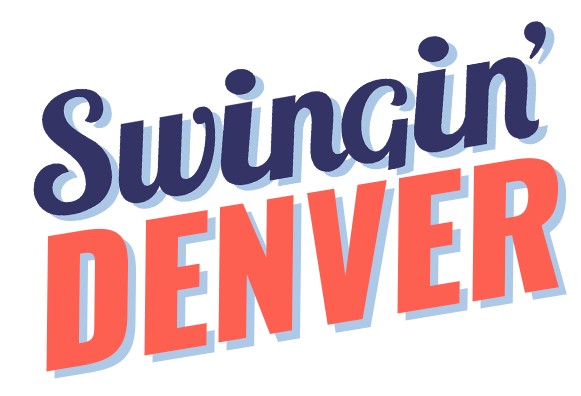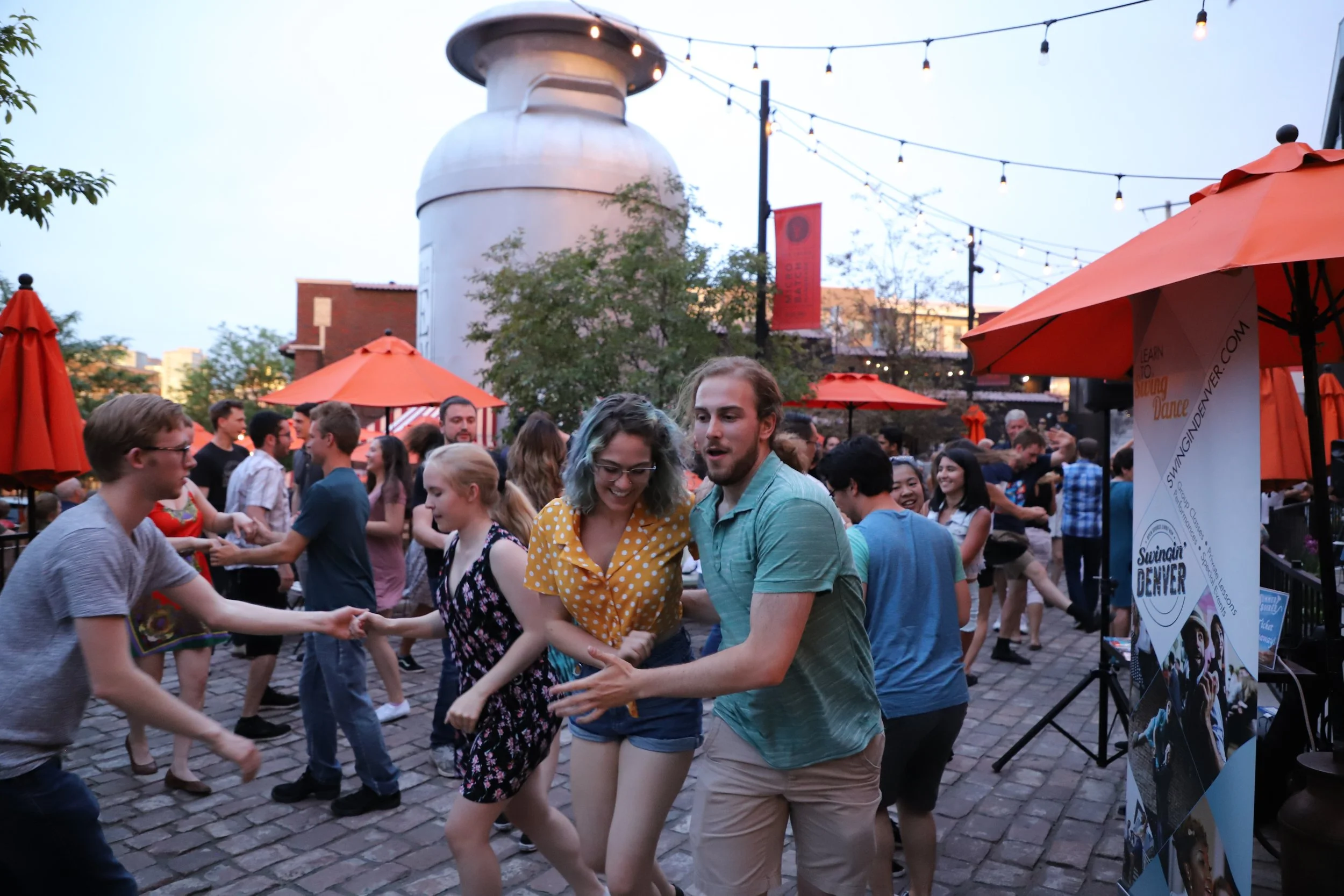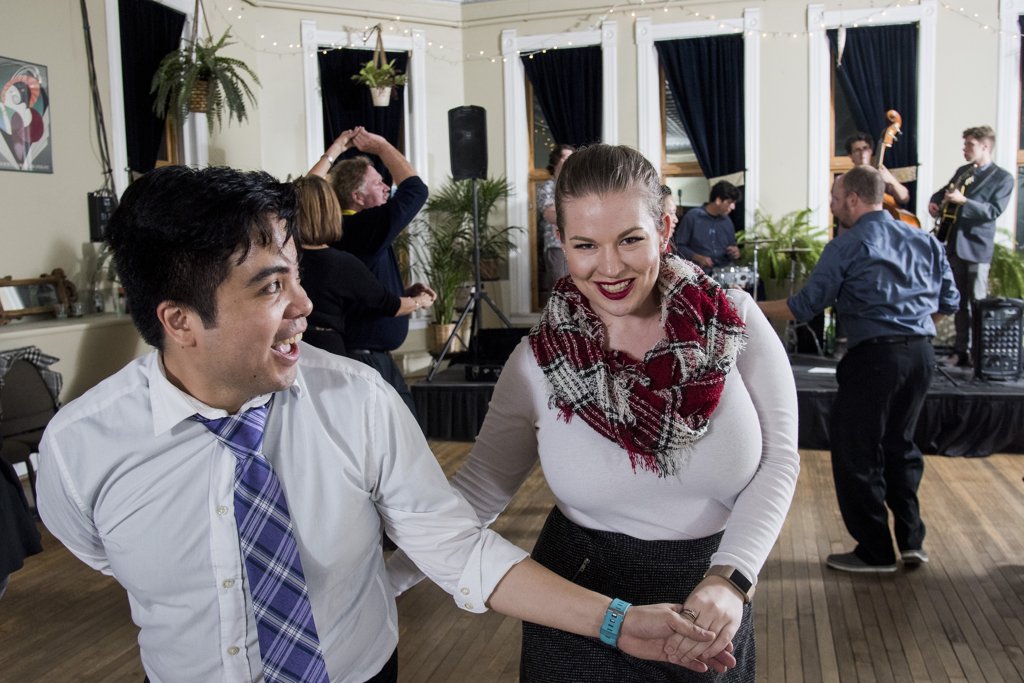We discovered Niké fairly recently thanks to Instagram’s algorithm recognizing our research into community and what that word means. The Guilty Feminist shared on social media - “We loved this reminder from @seastersjones: true community isn’t about how often we gather — it’s about how deeply we care. Community requires commitment, accountability, and support. Without those, it’s just regular socialising. At The Guilty Feminist, we believe in building spaces where care is a practice, not a performance.” And elsewhere - “People often mistake socializing regularly for community. If there's no commitment for care, there's no community, no matter how fun the socializing is.”
Sometimes it seems that community is used much like inclusion - to maximally welcome people but oftentimes that inherently favors white, cis, het folks who centered their stories in the midst of the so-called “swing revival” in the 1980s/90s which reverberates today and de-centered Black, queer and other marginalized voices. We find these power dynamics still at play when folks use jitterbug/east coast swing to denote Lindy Hop, use language devaluing the role of following and individuals bringing their own unique expression to dances, and use coded language to denote Blackness while avoiding giving explicit ownership to Black creators for these swing-era traditions. As Niké states in another post, “Some folks genuinely feel comfortable having communities that are primarily white because it feels easier.”
Lindy Hop isn’t for everyone. To quote loudmouthbynature, “What a lot of white liberals don’t seem to understand is that Lindy Hop was an act of resistance against racism. It was a pathway to Black liberation.” So when we dance and teach Lindy Hop, are we resisting racism and white supremacy, and working toward Black liberation?
Kaitlin B. Curtice writes in Living Resistance, “I/you are always arriving” which pairs well with Barrett Holmes Pitner’s, “existence isn’t static.” You/I/we can change. Over the years we’ve changed and still will. It’s active work and one place this works shows up is in our Values and Responsibilities document which helps attune us with potential partners and collaborators.
A cornerstone to our guiding philosophy is the concept of being a cultural surrogate or tradition bearer, as coined by Black dancer, LaTasha Barnes. For us, this means treating Lindy Hop and other traditional swing-era dances as living dances, acknowledging their Black creators, naming what we teach by the names given by Black tradition-bearers, and being a proponent of Black dance tradition values - social, dance, kinetic. These values are reflected in making African-American rhythms visible on the dance floor, promoting equity on and off the dance floor, and sharing traditional jazz dance and social values. We acknowledge that others might enjoy keeping swing simple, light and fun. However, this approach tends to diminish BIPOC voices and experiences while ignoring the multi-faceted nature of Black dances and the realities Black people face. By holding each other accountable and aspiring to be comfortable with uncomfortable truths, we hope to make the swing community a better and more welcoming place for everyone.



